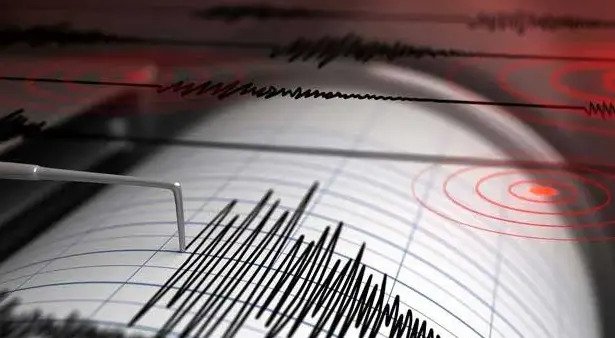Global death toll surpasses 250,000
An official tally of figures showed that Europe is the hardest-hit continent with around 145,000 fatalities, and the United States recorded close to 68,700 — together accounting for more than 85% of global fatalities.
In Europe, though, governments believe they have passed the peak of the disease with deaths in the continent’s worst affected countries having dropped as a result of nearly two months of confinement.
Restaurants in Italy partially reopened and Germans queued for haircuts in a Europe edging gingerly out of lockdown.
The global death toll from the deadly flu virus surged past 250,000 on Monday as world leaders raised billions towards a vaccine.
Washington forecast an even worsening number of fatalities for the country. It said the daily COVID-19 death toll could double by the end of May.
Half of the planet has been under orders to shelter in place, and much of the world remained cautious even as countries from India to Nigeria sought to ease restrictions so that businesses can remain afloat and workers earn a wage after the pandemic-induced economic crash.
“Today is wonderful,” Lagos fruit and vegetable vendor Adewale Oluwa said, opening his stall in Africa’s largest city after a five-week lockdown.
Still, confirmed cases since the disease surfaced in China late last year rose to almost 3.6 million across 195 countries and territories.
Infections continued to surge in Russia, now adding more than 10,000 a day. But the United States remains far more severely affected than any other nation, although deaths in the past 24 hours rose by the lowest figure in a month — 1,015.
An internal study by the US government’s Centers for Disease Control and Prevention predicted that new coronavirus cases will surge more than eight-fold to 200,000 per day by June 1, and the toll could rise to 3,000 a day, up from the current 1,000-2,000.
That could more than double the number of US coronavirus deaths, now at about 69,000, over the next few months, according to the study first reported by The New York Times and The Washington Post.
It underscored the tough, politically-tinged debate over reopening that pits Trump and his allies against many governors and community leaders worried that social distancing and quarantines need to remain in place longer.
The study suggested that the surge in infections could come from mid-May in states and localities that had not implemented tough distancing measures or were loosening up too early.

















































